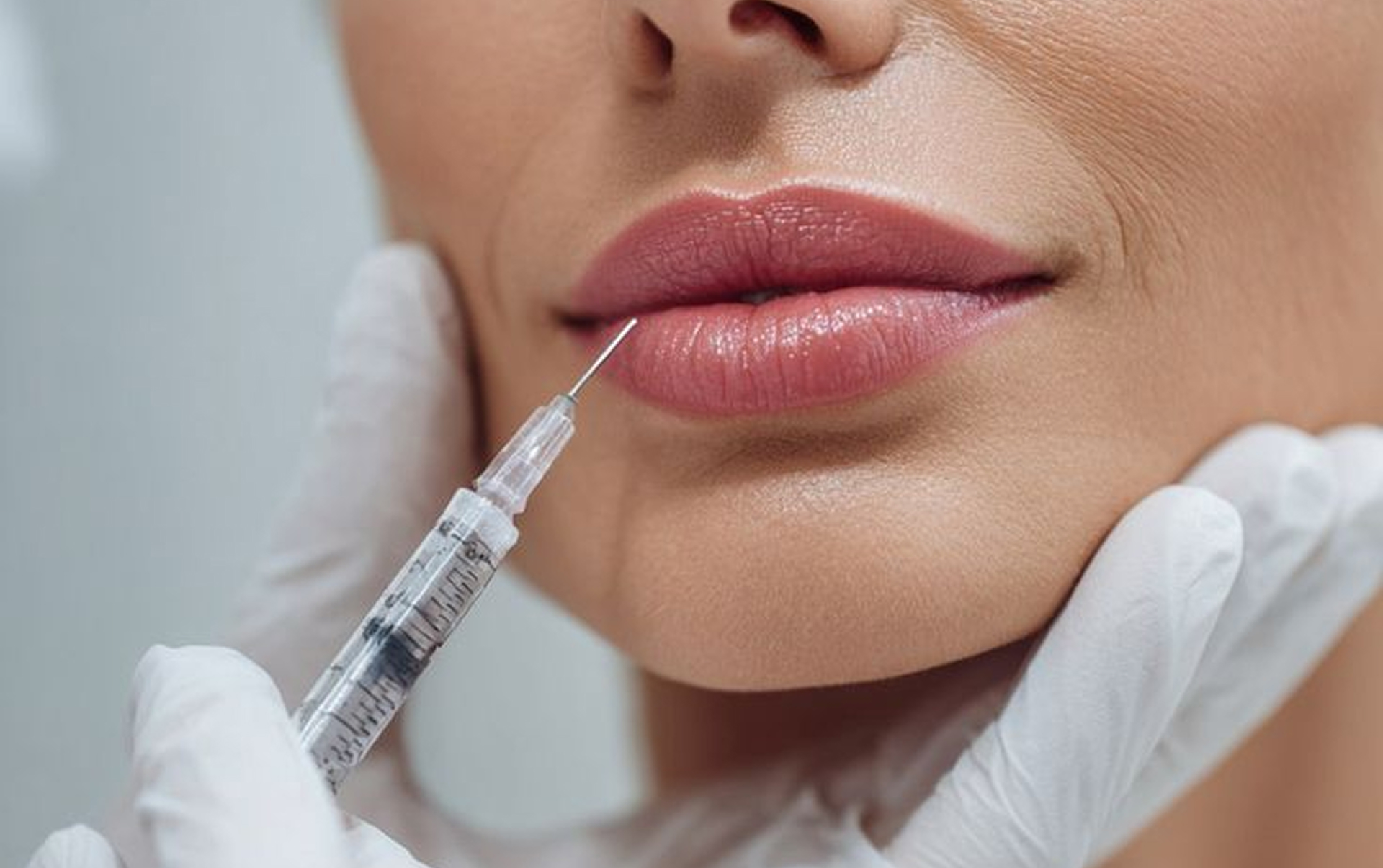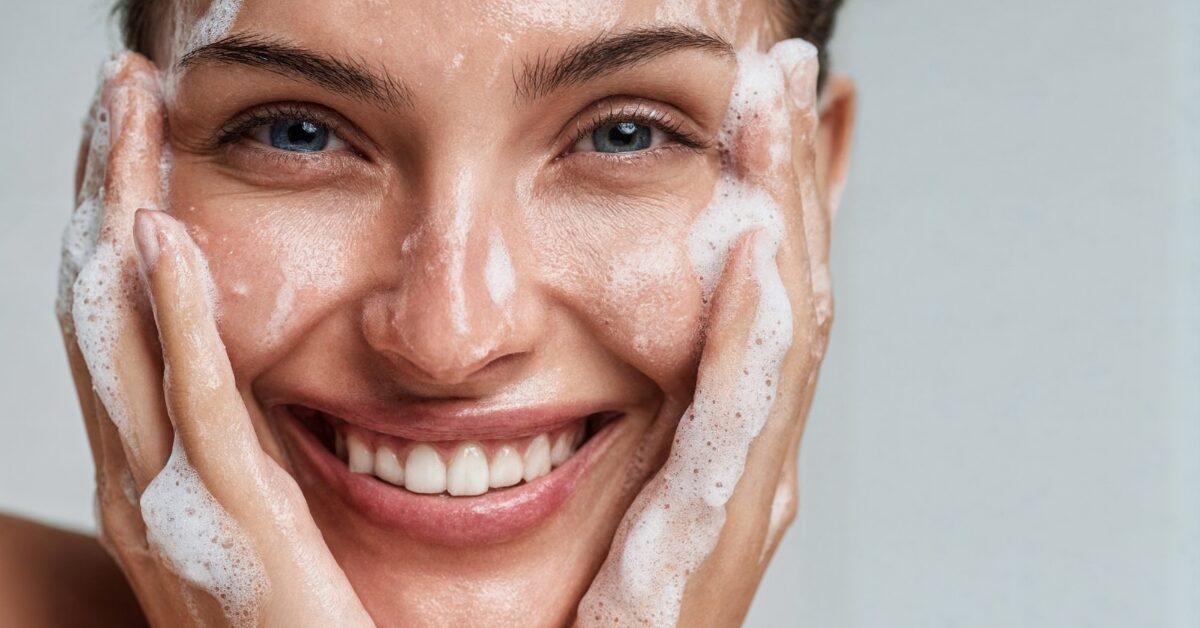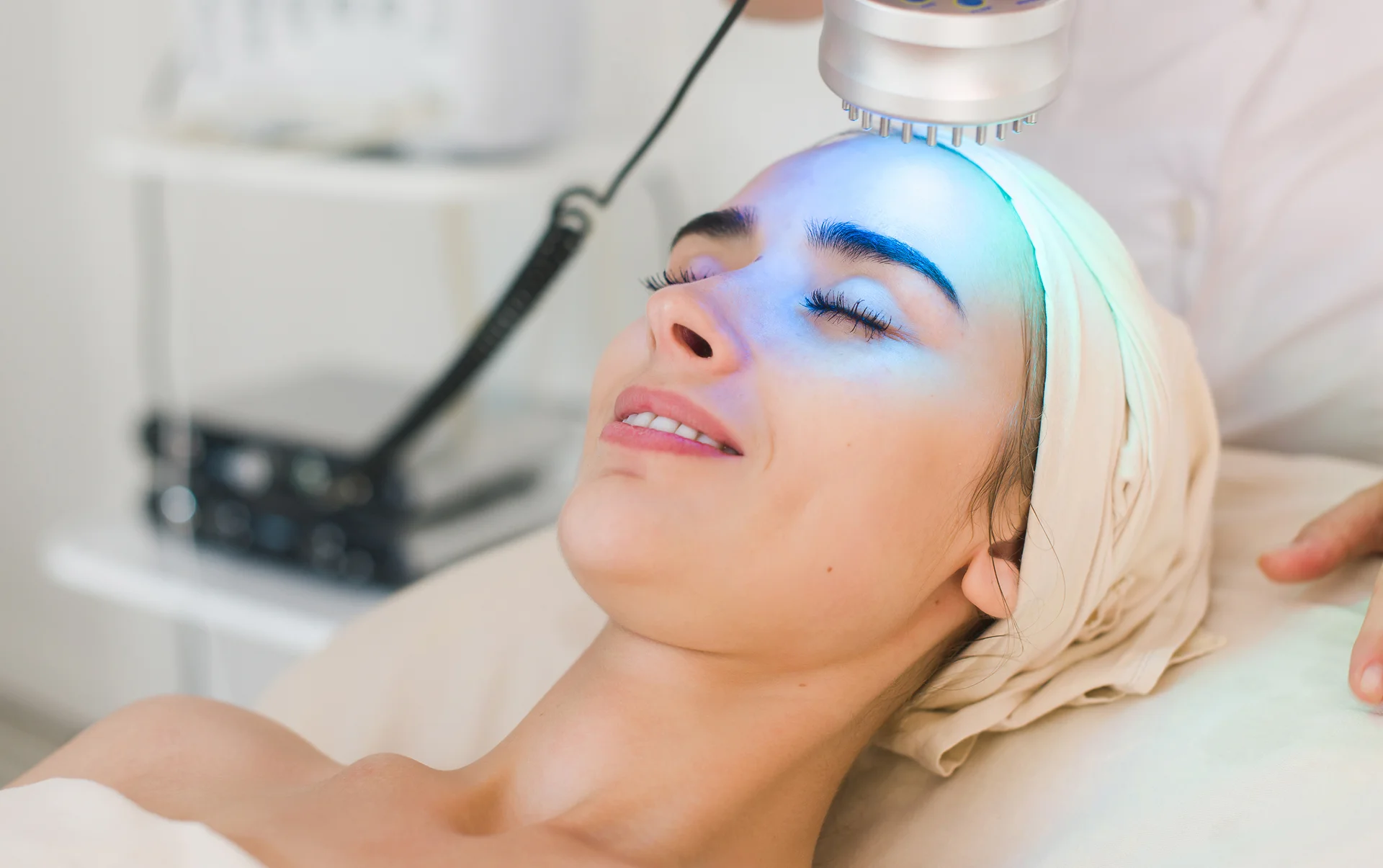Lip Filler swelling is a common and natural response to the process. During the Lip Filler process, hyaluronic acid-based fillers are injected into the lips, causing minor trauma to the tissue. This triggers an inflammatory response, leading to swelling as your body heals. Although it can be uncomfortable, swelling is a positive sign that your body is adjusting to the filler.
In this blog, we’ll guide you through each stage of lip filler swelling, from the immediate post-treatment swelling to the final results after two weeks. You’ll learn what to expect day by day, tips to reduce swelling and bruising and how to manage the healing process for the best results. Whether you’re a first-timer or looking for more insight into the healing journey, this guide will help you navigate through it with ease.
How Long Does Lip Filler Swelling Last?
Lip filler swelling typically lasts 3-5 days, with most of the swelling subsiding within the first week. Full recovery and final results are usually seen by the end of two weeks, depending on your metabolism and healing process.
Lip Filler Swelling Stages: Complete Day-by-Day Breakdown
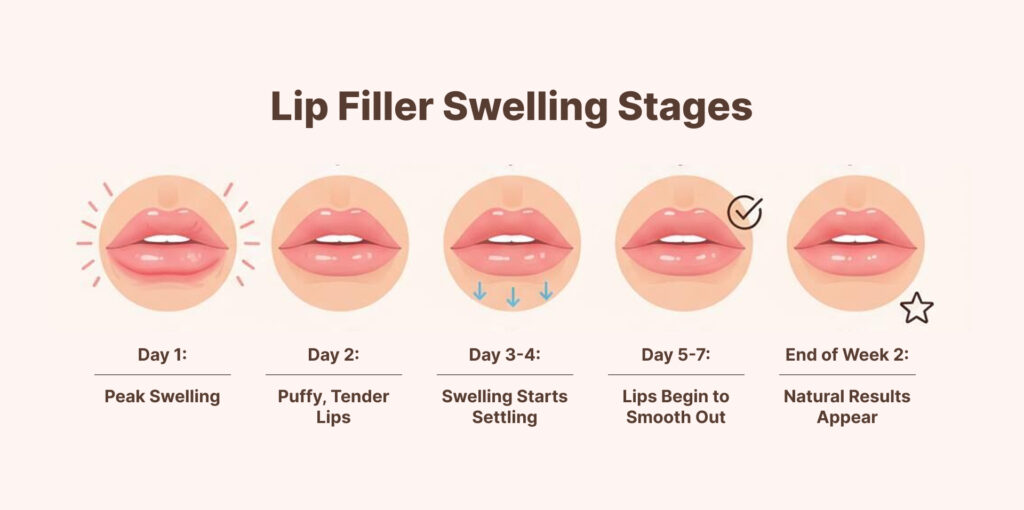
Day 0: Immediately After the Procedure
Immediately following your treatment, expect to see swollen, puffy lips. The filler will make your lips appear fuller than anticipated and this initial swelling is completely normal. Some tenderness and redness around the injected area may also occur.
Day 1: Peak Swelling
On Day 1, swelling after lip injections will be at its highest. Your lips may appear quite large and feel tender, with possible bruising. Don’t be alarmed, this is expected as your body reacts to the injection.
Day 2: Puffy, Tender Lips
The swelling will continue into Day 2, with your lips feeling puffy and tender. While this can be uncomfortable, it’s completely normal. Apply a cold compress gently to reduce swelling.
Day 3-4: Swelling Starts Settling
By Day 3, you’ll notice the lip filler swelling timeline beginning to ease. Your lips will start to feel less tender and the swelling will begin to decrease, revealing the true shape of your lips.
Day 5-7: Lips Begin to Smooth Out
During the second week, the swelling continues to subside and your lips will start to smooth out. Bruising, if present, will begin to fade and the definition of your lips will become more apparent.
End of Week 2: Natural Results Appear
By the end of two weeks, your lips should have fully healed, with natural-looking volume and smoothness. Any remaining swelling will be gone and your lips will look just as you envisioned them.
What is Normal vs. Abnormal Swelling?
Normal swelling is temporary and should peak in the first 1-2 days before gradually reducing. Abnormal swelling might include excessive pain, swelling that worsens over time or signs of infection such as redness, heat or pus. If you experience these symptoms, contact your practitioner immediately.
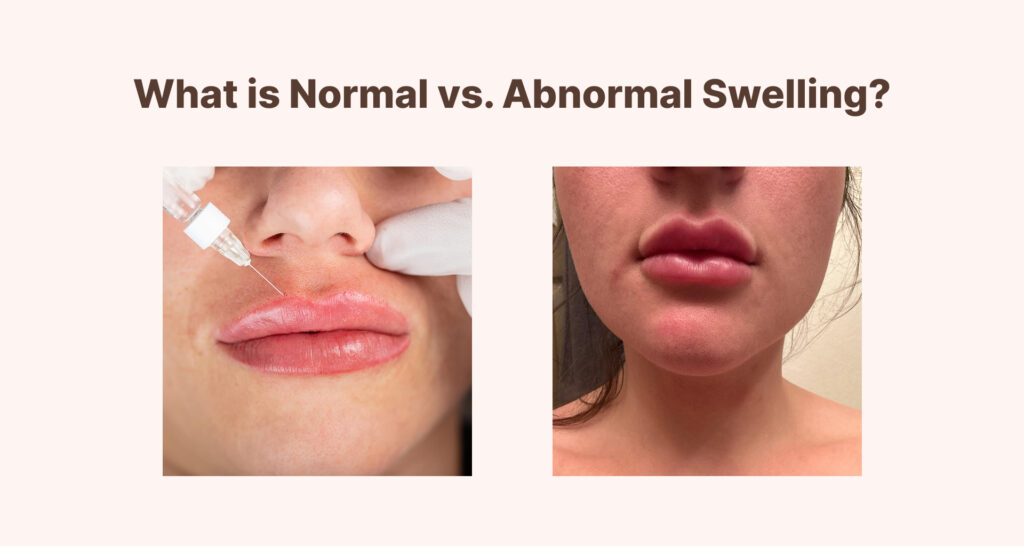
How to Reduce Swelling After Lip Fillers
To navigate the Lip Filler Swelling Stages effectively, follow these tips to manage swelling and ensure a smoother recovery
- Cold Compress: Apply a cold compress within the first 24 hours to reduce inflammation.
- Elevate Your Head: Keep your head elevated while resting to help minimise swelling.
- Avoid Strenuous Activity: Physical exertion can increase swelling, so avoid intense workouts for at least 24 hours.
These simple measures can help you feel more comfortable and accelerate your recovery.
When You Should Contact Your Practitioner
While mild swelling and bruising are expected, it’s essential to know when to seek professional help during the Lip Filler Swelling Stages. If you experience severe pain, unusual or persistent swelling, or signs of infection, reach out to your practitioner for advice. Skin Aesthetics in Birmingham, like Ihya House of Aesthetics, is always available to support you through your healing journey.
Tips to Speed Up Healing and Reduce Bruising
Here are some lip filler recovery tips that may help:
- Supplements: Consider taking supplements with the consent of your practitioner to reduce bruising.
- Avoid Alcohol: Alcohol can increase swelling and delay healing.
- Gentle Massage: If advised by your practitioner, a gentle massage can help the filler settle smoothly.
Things That Make Swelling Worse
Avoid these factors to ensure a quicker healing process:
- Excessive Heat: Hot showers, saunas or sun exposure can worsen swelling.
- Touching Your Lips: Avoid massaging or pressing on your lips in the first 48 hours.
- Smoking: Smoking can reduce blood flow and hinder healing.
How Long Until Lip Fillers Look Normal?
Your lips will start to look more natural after the first 5-7 days, but full Lip Filler Swelling Stages take about two weeks. By the end of this period, all swelling and bruising should be gone, leaving you with perfectly defined lips.
When Can You Expect Final Results?
You will see the final results of your lip filler treatment after 2 weeks, when swelling and bruising have completely resolved. At this stage, your lips will look plump, natural and beautifully defined.
Day-by-Day Healing Guide: A Quick Lip Filler Recovery
- Day 0: Initial swelling, redness and mild tenderness.
- Day 1: Peak swelling, bruising begins.
- Day 2: Puffy lips, tenderness continues.
- Day 3-4: Swelling begins to subside.
- Day 5-7: Lips start to settle, bruising fades.
- End of Week 2: Final results with smooth, natural-looking lips.
Get Expert Lip Filler Treatment at Ihya House of Aesthetics
If you’re looking for lip fillers in Birmingham or Edgbaston or other cosmetic injectables, trust the skilled team at Ihya House of Aesthetics for personalised care and beautiful, natural results. Our expert practitioners ensure a smooth healing process and guide you through each stage of your recovery.
Contact us today to book your consultation and achieve the perfect pout!
Frequently Asked Questions
Q: How long does lip filler swelling last?
Swelling typically lasts 3-5 days, with full recovery within 1-2 weeks.
Q: When is lip filler swelling at its worst?
Swelling is most prominent within the first 1-2 days after treatment.
Q: Why is my top lip more swollen than the bottom?
It’s common for the top lip to swell more due to its anatomical structure. This will even out as healing progresses.
Q: How do I know if my swelling is normal or a complication?
Normal swelling gradually decreases. If pain, swelling or redness persists or worsens, contact your practitioner.
Q: Should I massage my lips during healing?
Only massage your lips if recommended by your practitioner to help the filler settle evenly.
Q: Can swelling make lips look uneven?
Yes, swelling can cause temporary unevenness, but this will resolve as the swelling reduces.
Q: When will my lips look natural again?
Your lips will look natural and fully healed within 2 weeks.
Q: Why do my lips feel hard after fillers?
A temporary hardness is normal as the filler settles and integrates with the tissue.
Q: What reduces lip filler swelling the fastest?
Cold compresses and keeping your head elevated can reduce swelling quickly.
Q: Is swelling different for first-time lip filler clients?
Swelling may be more noticeable for first-timers, but the process and healing stages remain the same.

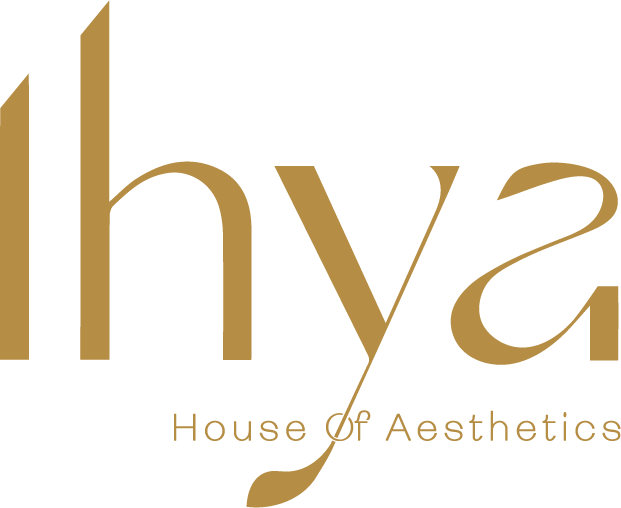
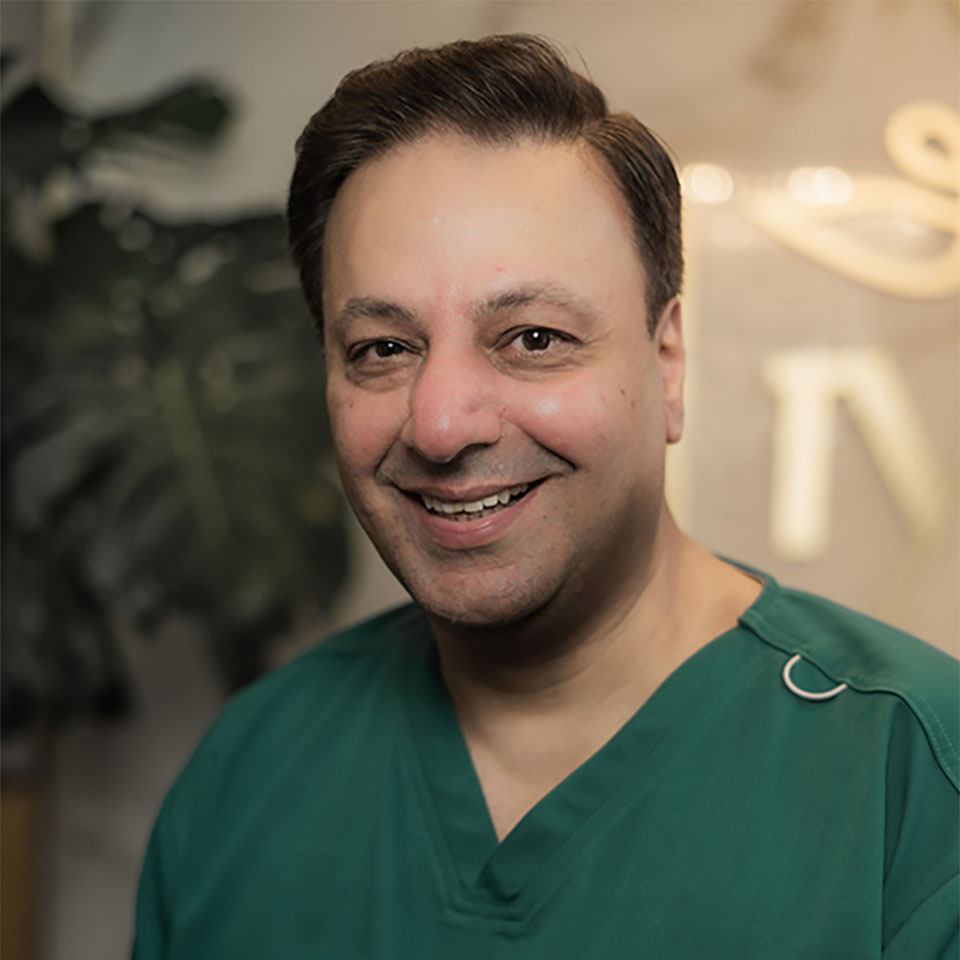 Dr Kashif Khan
Dr Kashif Khan  Sabrina
Sabrina 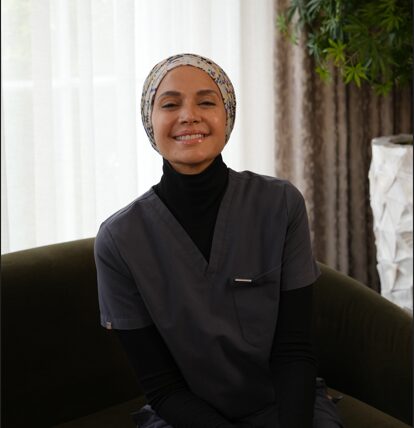 Yasmeen
Yasmeen  Amaani
Amaani 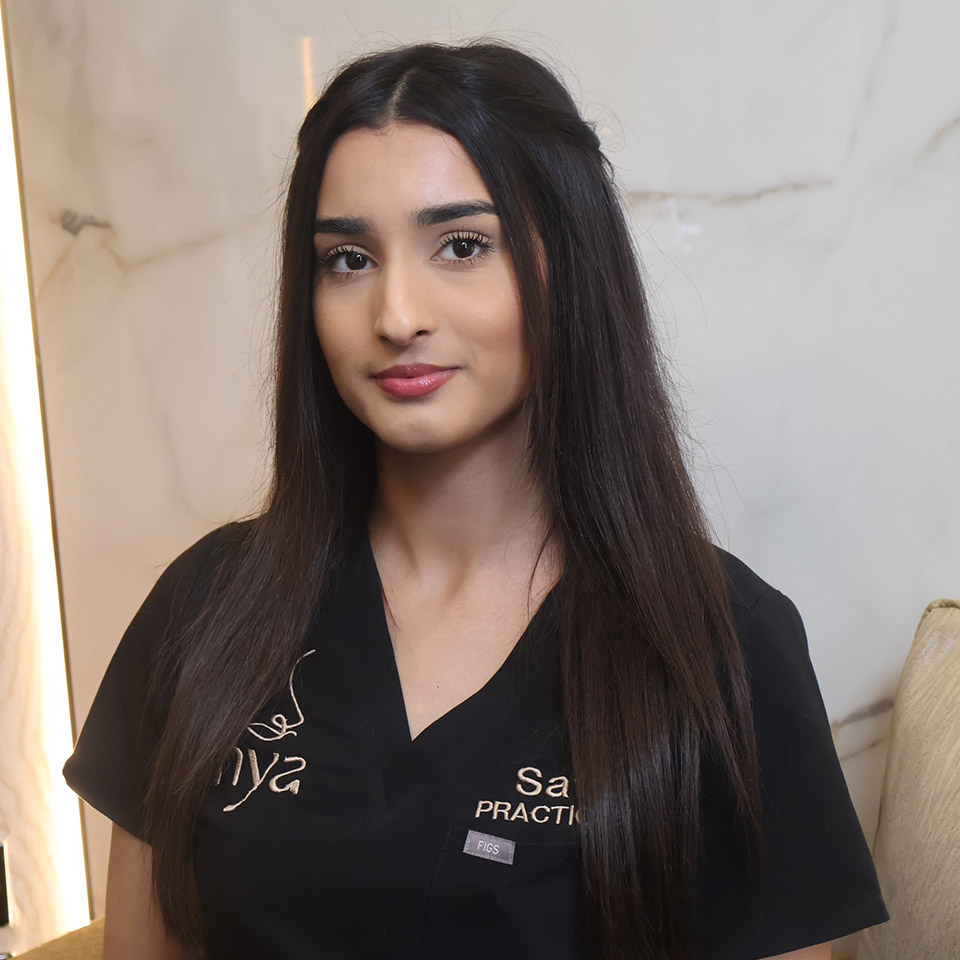 Safa
Safa 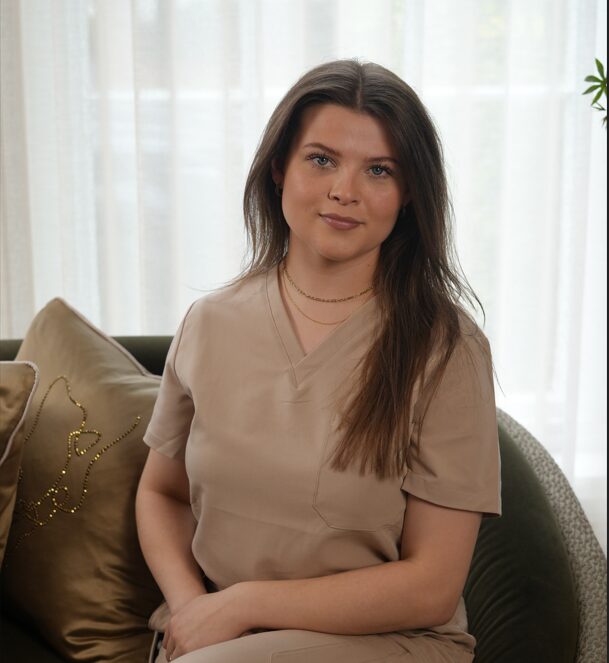 Eva
Eva  Eczema
Eczema  Psoriasis
Psoriasis 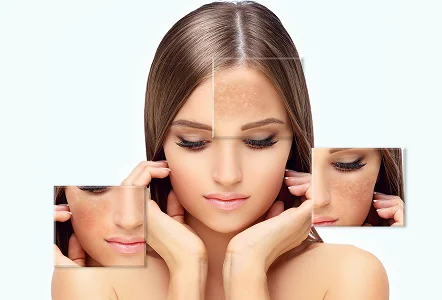 Discolouration or pigmented skin
Discolouration or pigmented skin 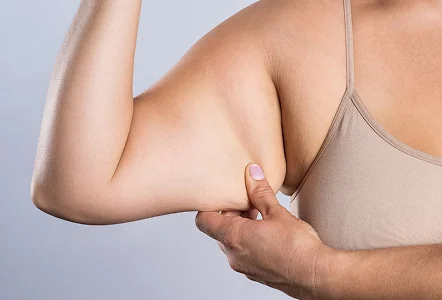 Skin laxity
Skin laxity 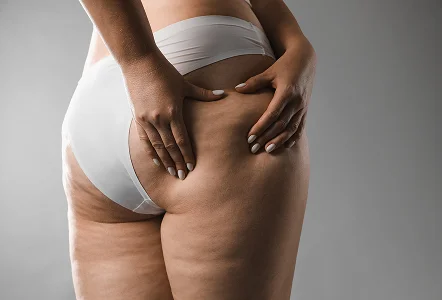 Cellulite
Cellulite 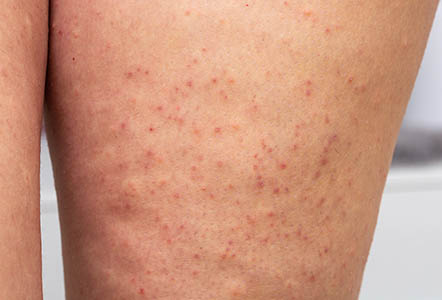 Strawberry legs
Strawberry legs 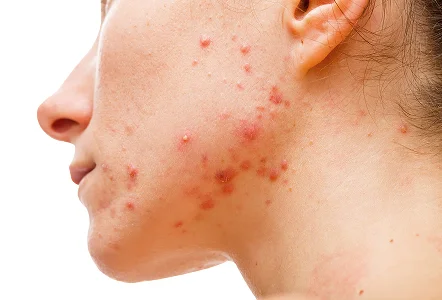 Acne
Acne 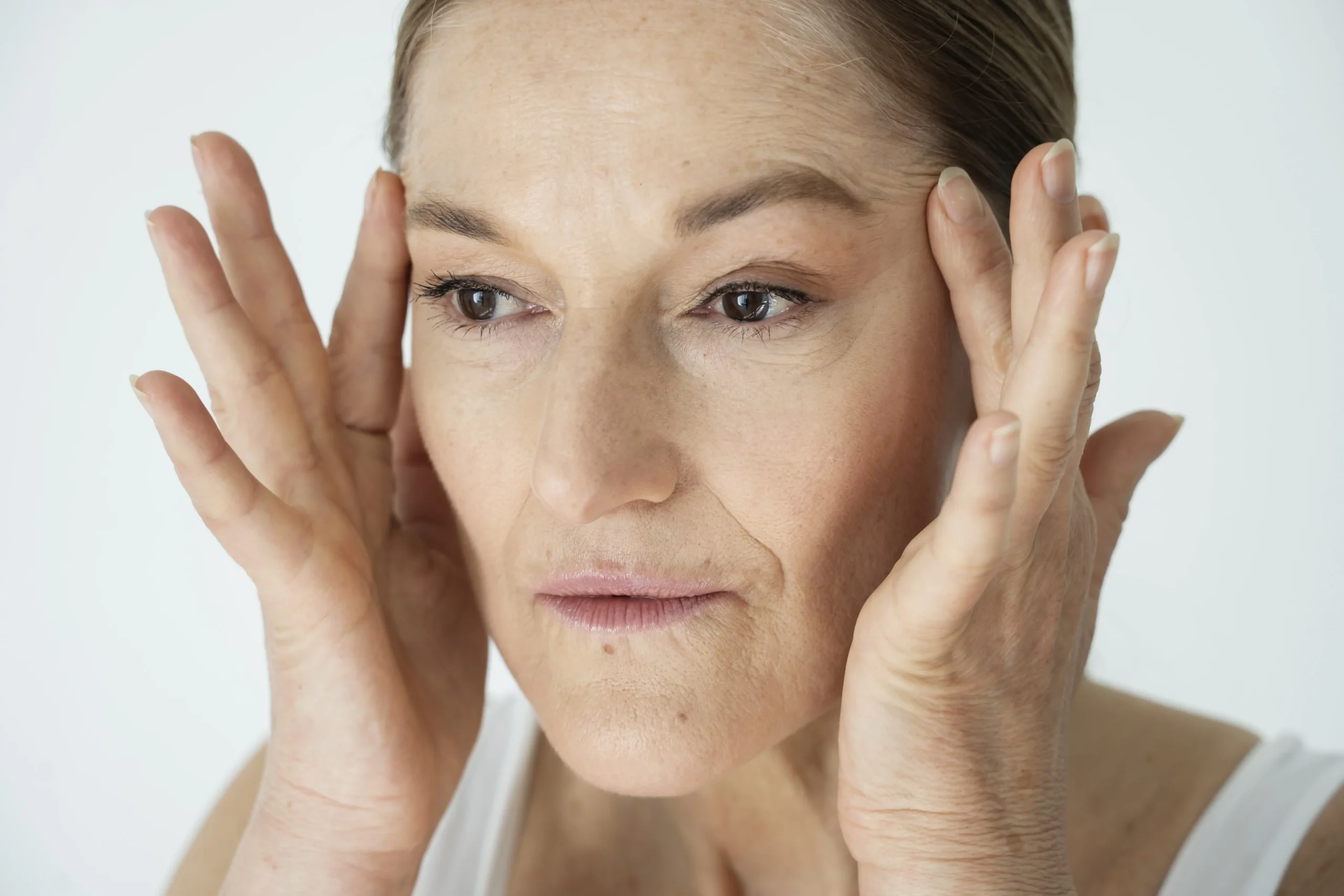 Age spot
Age spot  Combination Skin
Combination Skin  Dry Skin
Dry Skin 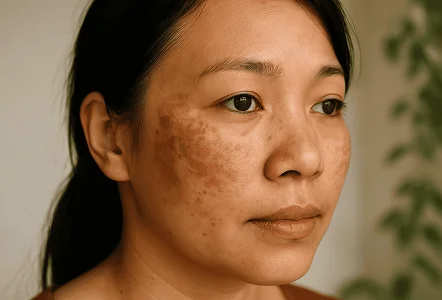 Melasma
Melasma 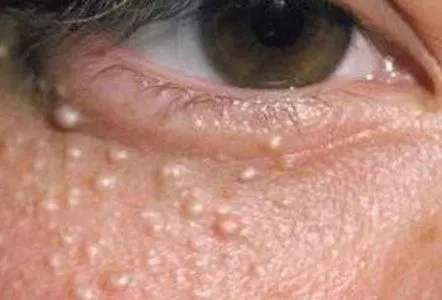 Milia
Milia 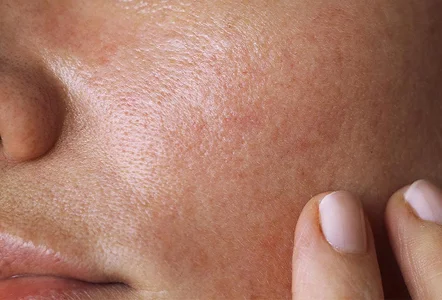 Oily Skin
Oily Skin 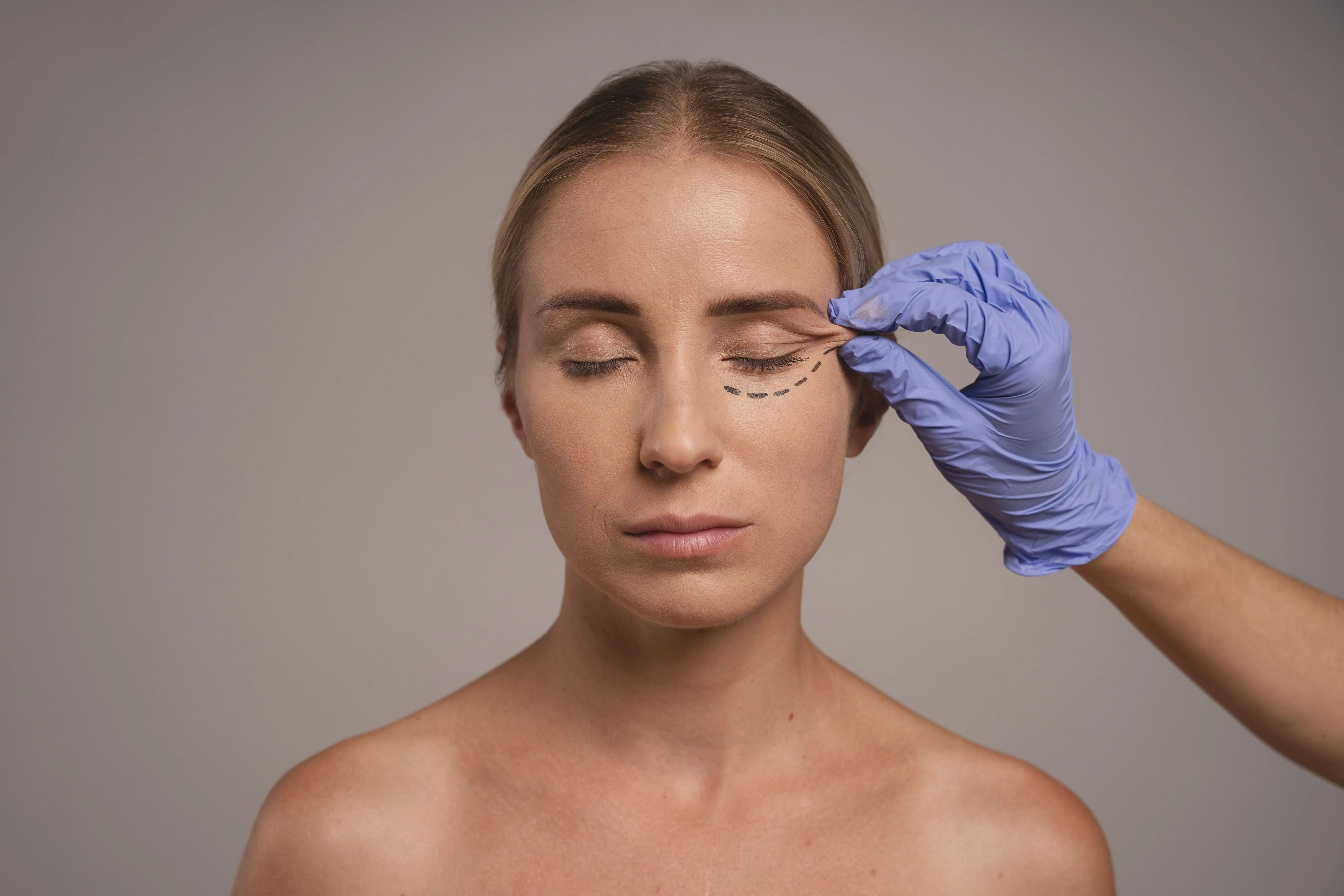 Periorbital Veins
Periorbital Veins  Rosacea
Rosacea 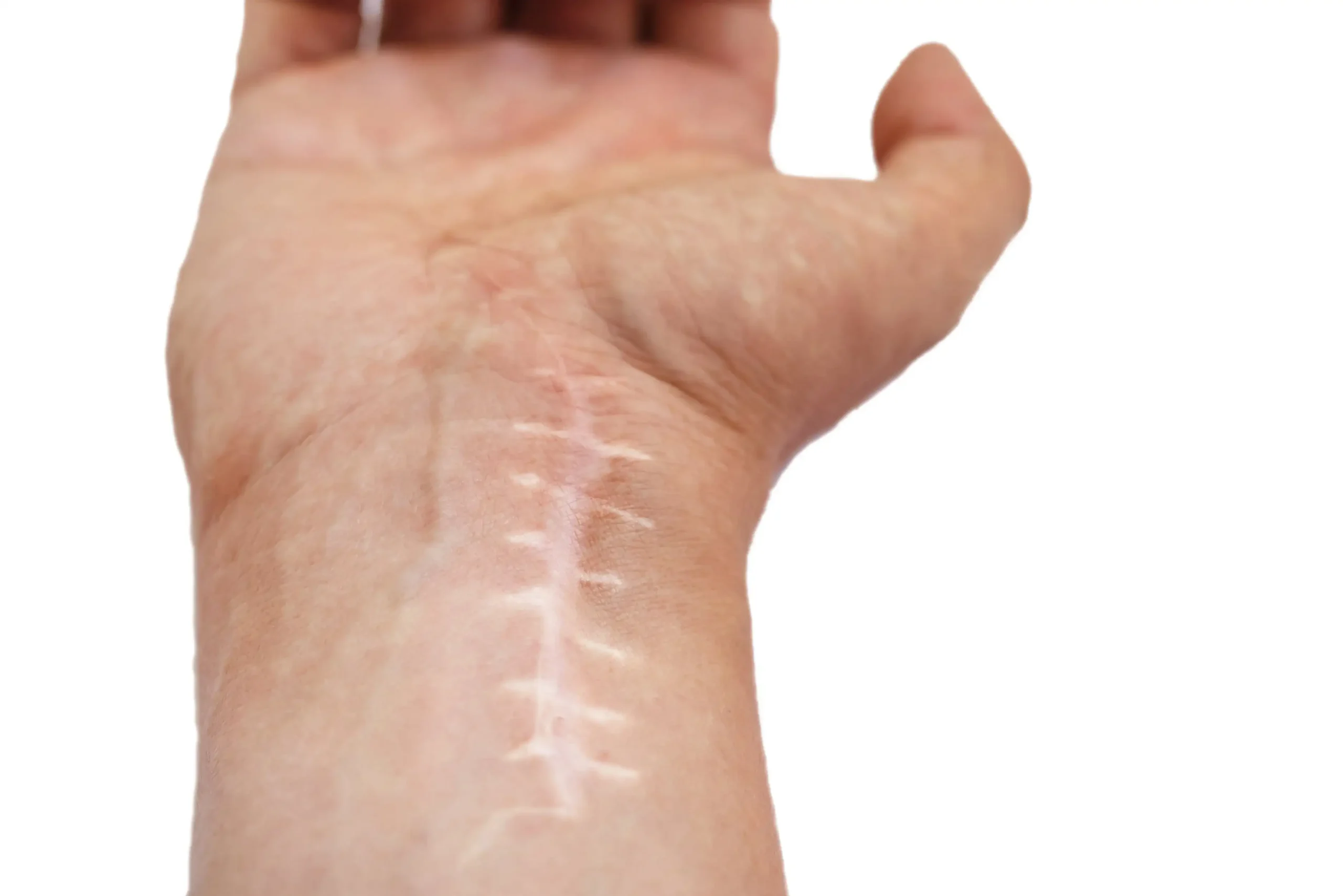 Scarring
Scarring  Sensitive Skin
Sensitive Skin 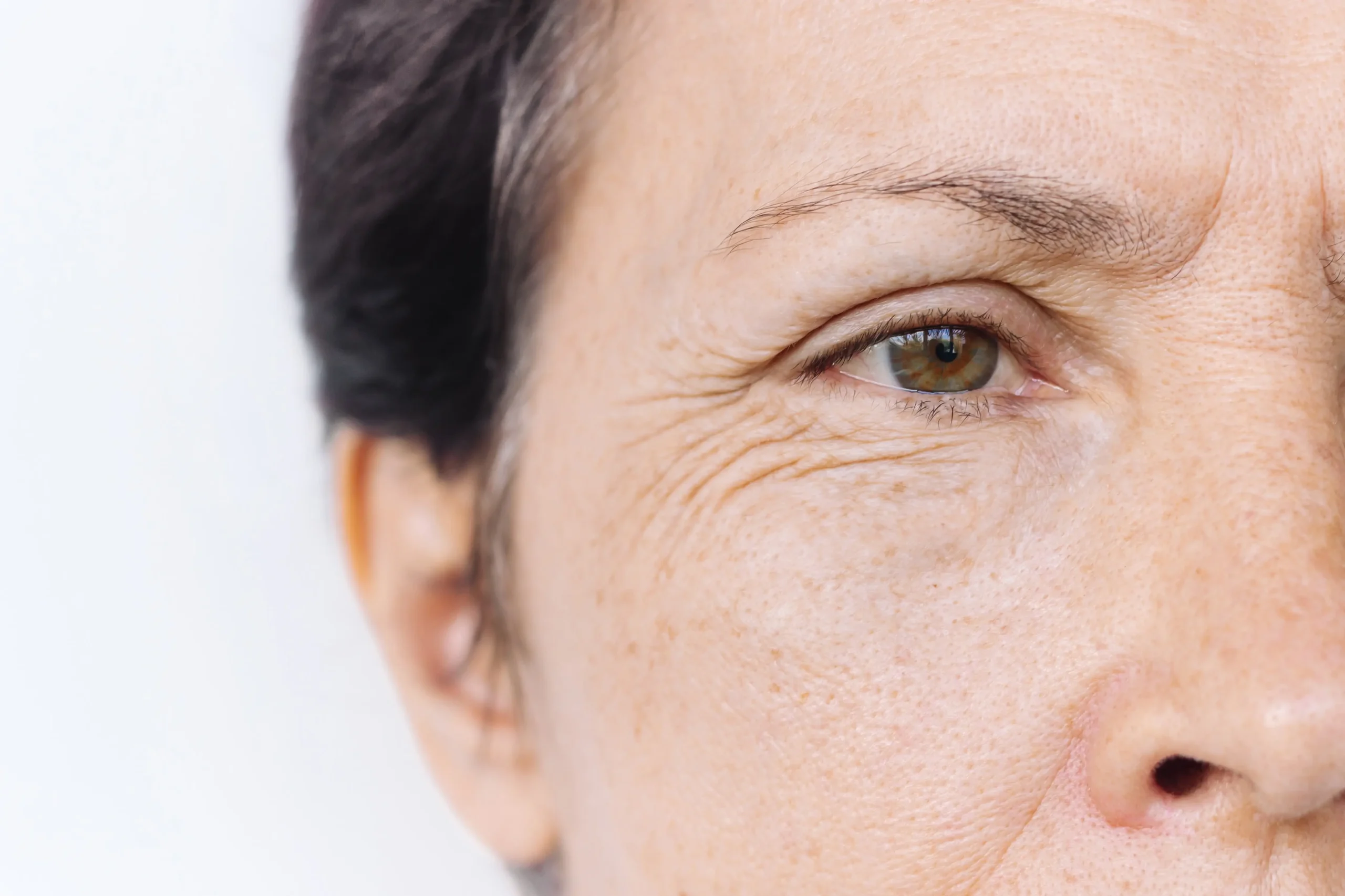 Wrinkly Skin
Wrinkly Skin  Male pattern baldness
Male pattern baldness 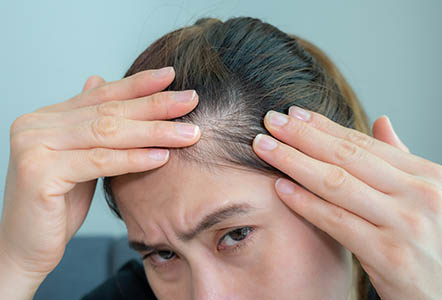 Female pattern hair loss
Female pattern hair loss  Muscle loss
Muscle loss  Excess fat
Excess fat 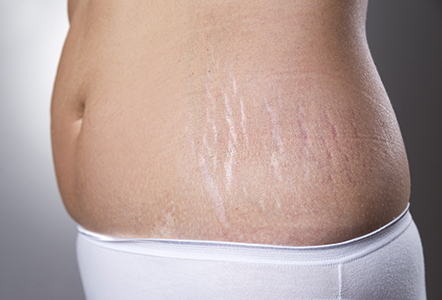 Stretch marks (striae)
Stretch marks (striae) 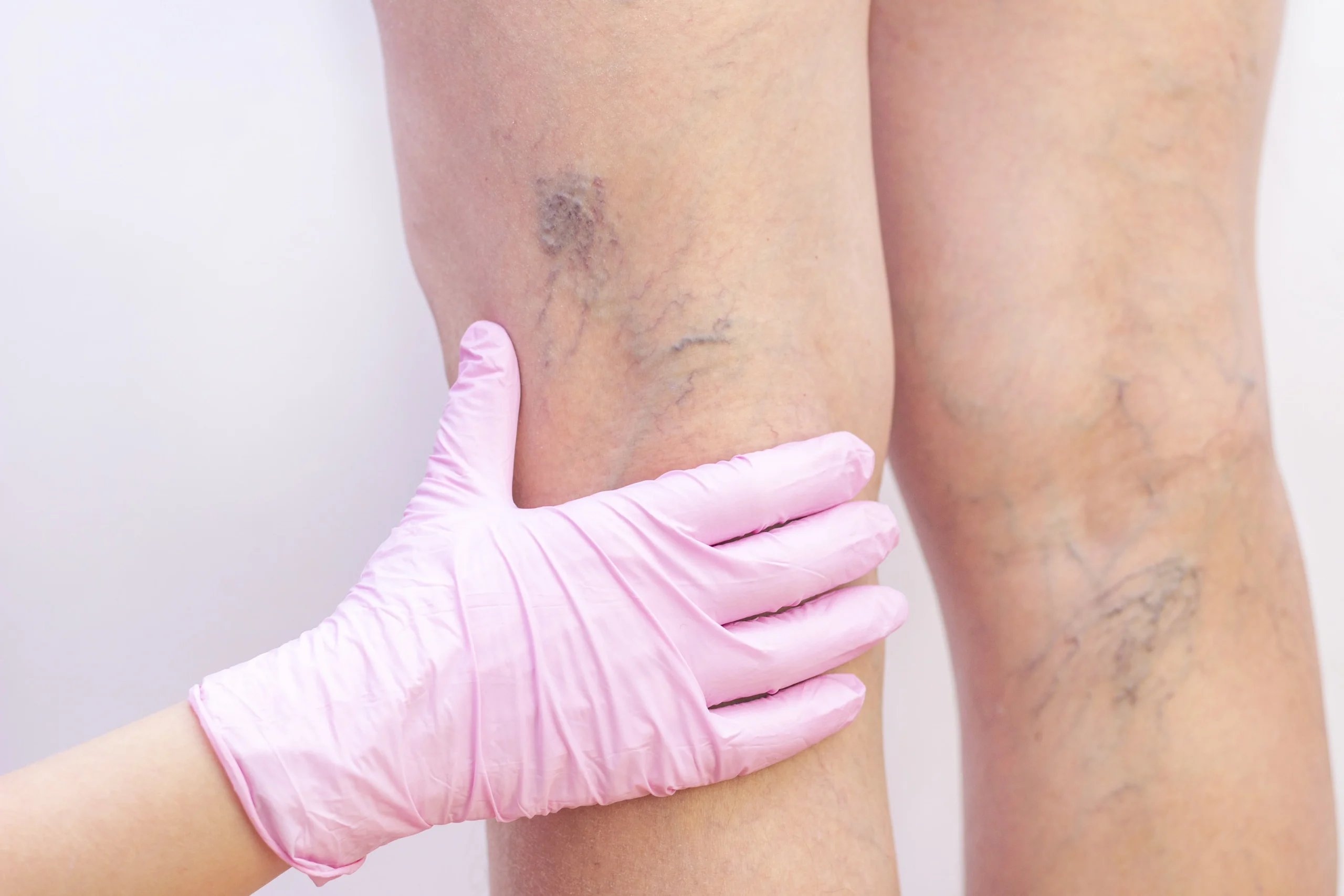 Telangiectasia or Broken Veins
Telangiectasia or Broken Veins 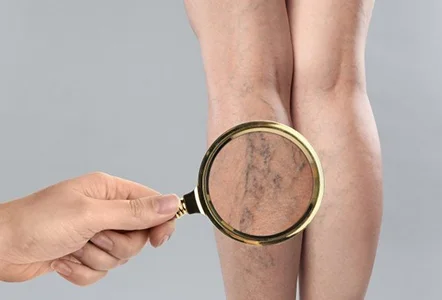 Thread Vein
Thread Vein 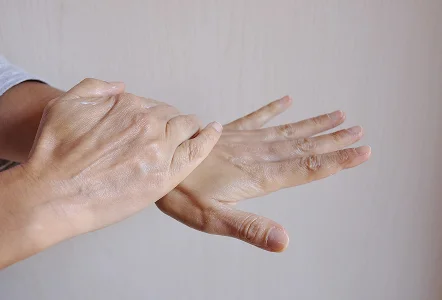 Ageing hands
Ageing hands 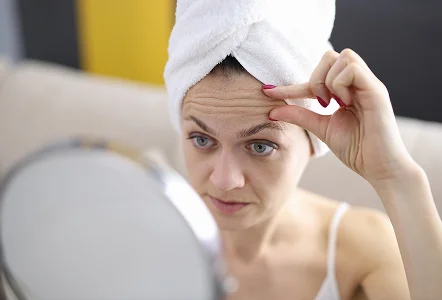 Facial wrinkles
Facial wrinkles  Ageing, Sagging Skin
Ageing, Sagging Skin 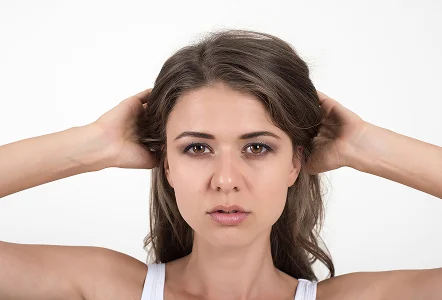 Facial volume loss
Facial volume loss  Post-natal concerns
Post-natal concerns  Polycystic ovary syndrome
Polycystic ovary syndrome  Gummy smile
Gummy smile  Teeth grinding
Teeth grinding  Hyperhidrosis
Hyperhidrosis 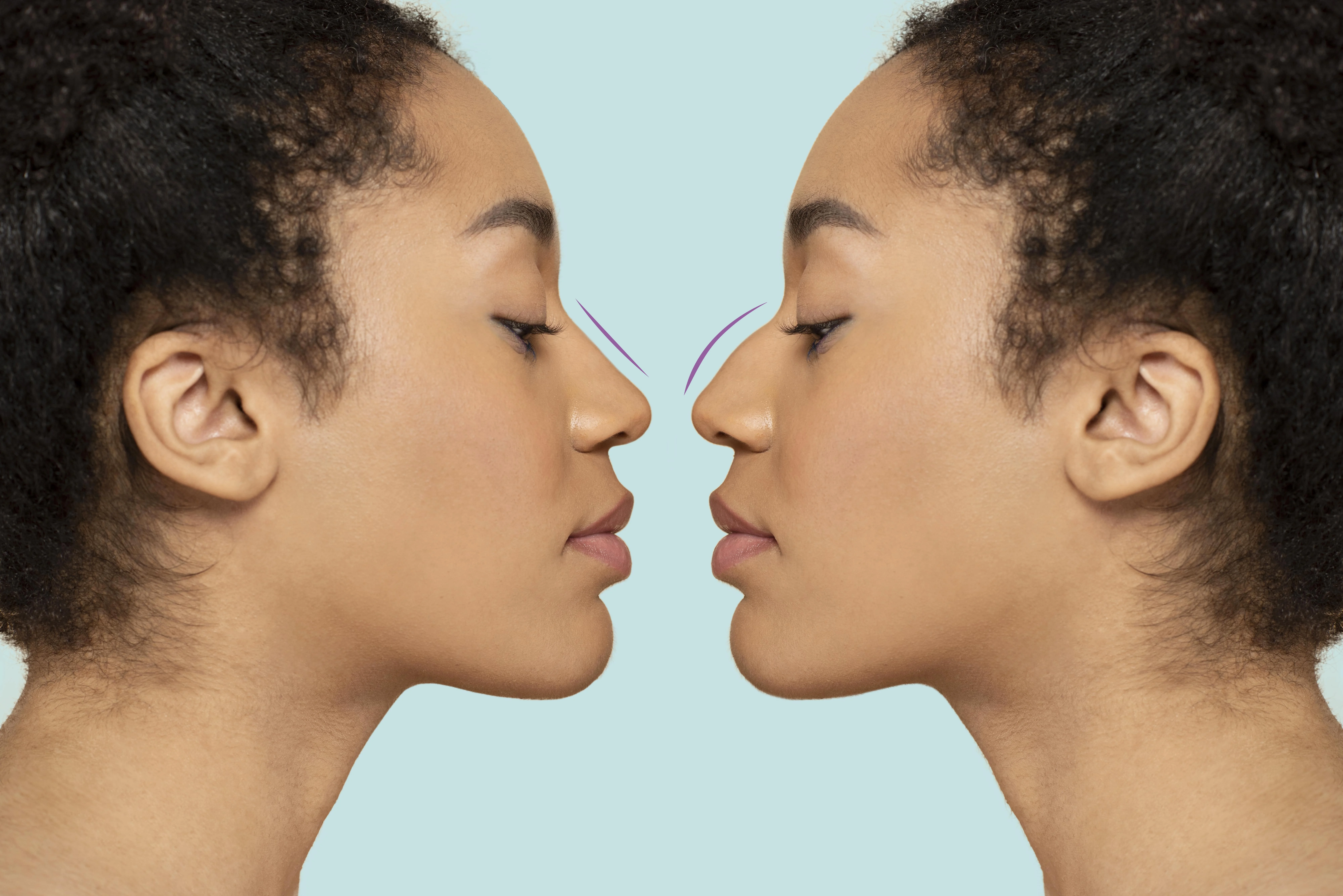 Hooked Nose/Bump
Hooked Nose/Bump 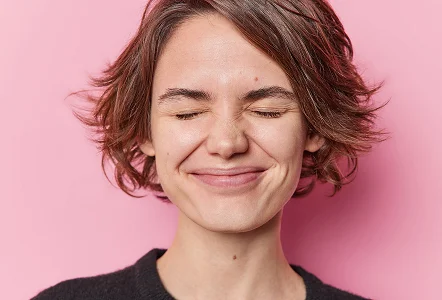 Laugh Lines
Laugh Lines 
